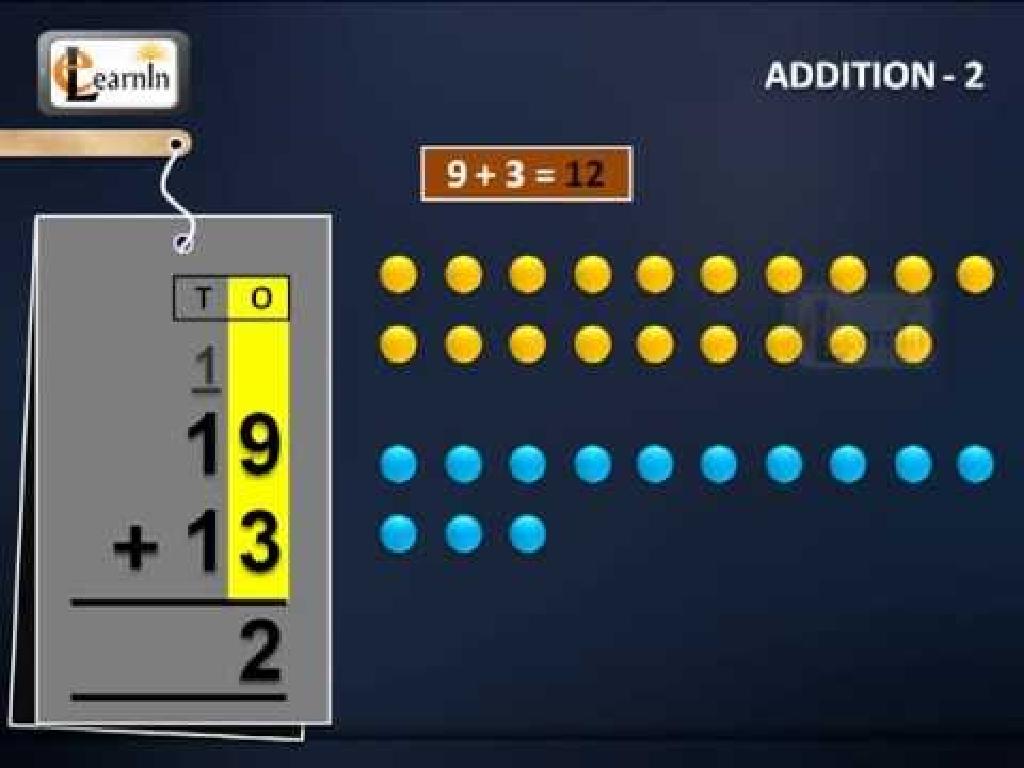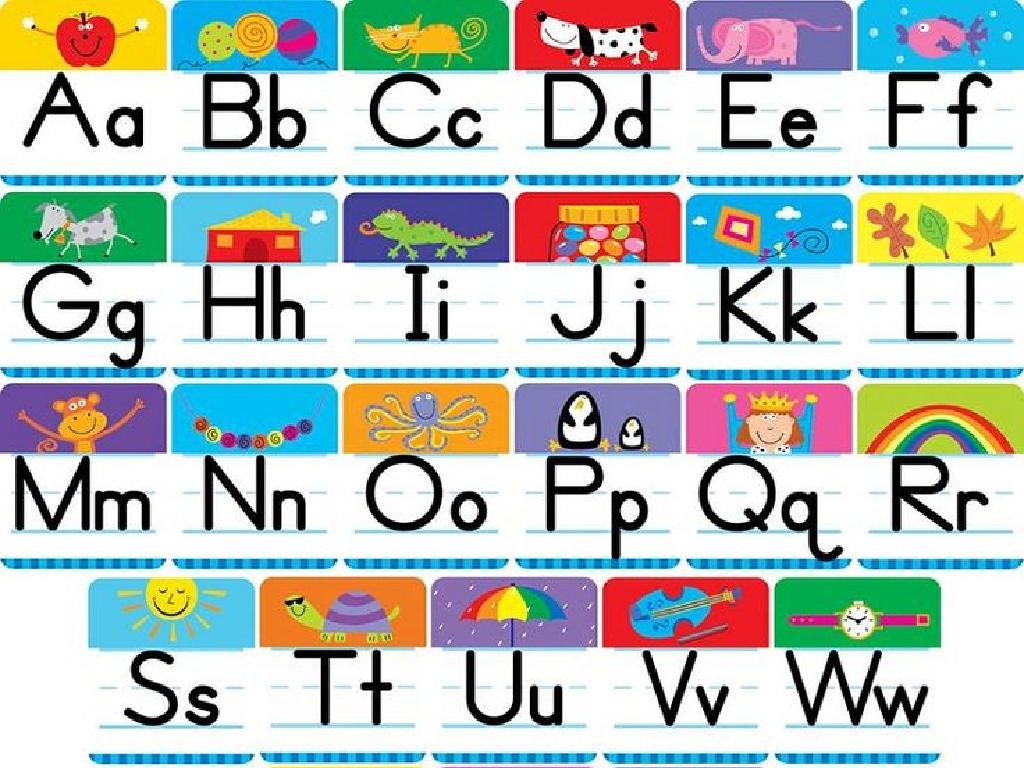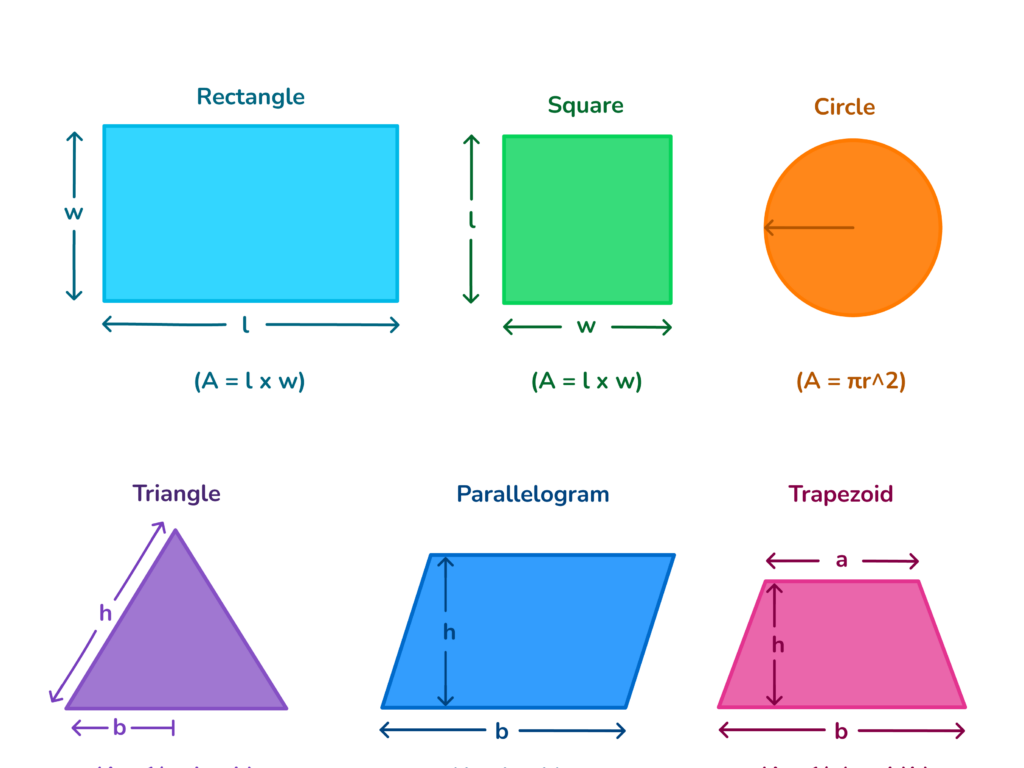Identify Plurals, Singular Possessives, And Plural Possessives
Subject: Language arts
Grade: Eighth grade
Topic: Nouns
Please LOG IN to download the presentation. Access is available to registered users only.
View More Content
Nouns: Plurals and Possessives
– Nouns: Core of sentences
– Today: Plurals & possessives
– Explore how nouns change in number and ownership
– Significance of distinctions
– Grasping differences avoids confusion
– Mastery aids communication
– Clear writing and speaking through correct usage
|
This slide introduces the concept of nouns as the essential components of sentences, with a special focus on plurals, singular possessives, and plural possessives. Understanding these concepts is crucial for students as it helps prevent confusion in both written and spoken language. Emphasize the importance of recognizing when a noun is indicating more than one (plural), when something belongs to one (singular possessive), or when ownership is shared among many (plural possessive). Mastery of these grammatical elements is key to clear and effective communication. Provide examples and encourage students to create sentences that demonstrate each concept for a deeper understanding.
Exploring Nouns: Types and Possession
– Definition of a noun
– A noun represents a person, place, thing, or idea.
– Examples: ‘dog’, ‘school’, ‘happiness’
– ‘Dog’ refers to an animal, ‘school’ to a place of learning, ‘happiness’ to a feeling.
– Singular vs. plural nouns
– Singular noun: one item, plural noun: more than one item.
– Showing possession with nouns
– Singular possessive: ‘dog’s bone’, plural possessive: ‘dogs’ park’.
|
Begin the lesson by defining a noun and providing clear examples that students can relate to. Explain that nouns can refer to tangible objects like ‘dog’ or ‘school’, as well as intangible concepts like ‘happiness’. Discuss the difference between singular and plural nouns, emphasizing the use of ‘s’ or ‘es’ to denote plurals. Then, introduce possessive nouns, explaining how adding an apostrophe and ‘s’ can show ownership for singular nouns, and just an apostrophe for plural nouns that already end in ‘s’. Provide examples and encourage students to create their own examples of singular and plural possessive nouns.
Singular and Plural Nouns
– Singular nouns: one entity
– Plural nouns: multiple entities
– Forming plurals with ‘-s’ or ‘-es’
– Add ‘-s’ to most nouns, ‘-es’ for nouns ending in s, x, z, ch, or sh
– Examples: ‘dog’ to ‘dogs’
– Singular: ‘bus’, Plural: ‘buses’; Singular: ‘fox’, Plural: ‘foxes’
|
This slide introduces the concept of singular and plural nouns to the students. Singular nouns refer to a single item, while plural nouns refer to more than one. The general rule for creating plurals is by adding ‘-s’ or ‘-es’ to the end of the singular form. However, there are exceptions and irregular forms that will be discussed in later slides. Use examples that are relevant and easily understood by eighth graders, such as items in a classroom or common animals. Encourage students to think of their own examples and understand the pattern of forming plurals. This foundational knowledge is crucial for mastering more complex grammar rules.
Irregular Plurals in Nouns
– Irregular plurals break rules
– ‘Child’ to ‘children’, ‘mouse’ to ‘mice’
– Unlike ‘cats’ or ‘dogs’, these don’t add ‘s’ or ‘es’
– Memorization is key
– Some plurals change vowel sounds or add different endings
– Practice with more examples
– ‘Tooth’ to ‘teeth’, ‘foot’ to ‘feet’
|
This slide focuses on irregular plurals, which are nouns that don’t follow the standard rules of pluralization. Instead of simply adding an ‘s’ or ‘es’ to the end of the word, these nouns undergo more significant changes when they become plural. Examples include ‘child’ to ‘children’ and ‘mouse’ to ‘mice’. It’s important for students to memorize these exceptions as they are commonly used in everyday language. Encourage students to practice by identifying and writing down more examples of irregular plurals, which will help reinforce their understanding and improve their ability to use these nouns correctly.
Singular Possessive Nouns
– Forming singular possessives
– Add apostrophe + ‘s’ to show ownership
– Apostrophe + ‘s’ usage
– Indicates one owner of the noun
– Example: ‘dog’s leash’
– ‘dog’s leash’ means one dog owns the leash
– Rule for nouns ending in ‘s’
– Even with ‘s’ ending, add ‘s (boss’s car)
|
This slide focuses on how to form singular possessive nouns, which are used to show ownership by a single noun. Students should understand that by adding an apostrophe and ‘s’ to a singular noun, it becomes possessive. For example, ‘the dog’s leash’ indicates that the leash belongs to one dog. Emphasize that this rule applies even when the singular noun ends in ‘s’, such as ‘the boss’s car’. It’s important to provide clear examples and encourage students to practice with different nouns to grasp the concept fully. Have students create sentences using singular possessive nouns, both with regular nouns and those ending in ‘s’, to reinforce the lesson.
Mastering Plural Possessive Nouns
– Plurals ending in ‘s’: add apostrophe
– Example: dogs’ leashes
– Indicates leashes belong to many dogs
– Plurals not ending in ‘s’: add ‘s
– Example: children’s toys
– ‘Children’ is plural; ‘toys’ belong to them
|
This slide focuses on the rules for forming plural possessive nouns. When a plural noun ends in ‘s’, simply add an apostrophe to show possession. For example, ‘dogs’ leashes’ indicates that the leashes belong to more than one dog. However, if a plural noun does not end in ‘s’, like ‘children’ or ‘women’, add an apostrophe followed by an ‘s’ to form the possessive. For instance, ‘children’s toys’ means that the toys belong to the children. Encourage students to practice by writing sentences using plural possessive nouns and to be mindful of the placement of the apostrophe in different scenarios.
Let’s Practice: Nouns and Their Forms
– Identify noun forms
– Determine if a noun is singular, plural, singular possessive, or plural possessive.
– Convert singular to plural
– Change nouns like ‘child’ to ‘children’ and ‘mouse’ to ‘mice’.
– Create possessive forms
– Add ‘s or just ‘ to make nouns possessive, e.g., ‘dog’s toy’ or ‘dogs’ park’.
– Singular vs. plural possessives
– Understand the difference: ‘cat’s’ (one cat) vs. ‘cats” (multiple cats).
|
This slide is for a class activity where students will practice identifying different noun forms and converting between them. The activity will help reinforce their understanding of singular and plural nouns, as well as singular and plural possessive forms. For the activity, provide students with a list of nouns to work with. They should identify the form of each noun, convert singular nouns to their plural counterparts, and then create both singular and plural possessive forms. Encourage students to explain their reasoning for each transformation. Possible activities include peer review of answers, creating sentences with the new forms, or a game where they race to convert nouns correctly.
Class Activity: Possessive Noun Hunt
– Find classroom items for possessive forms
– Write singular and plural possessives
– Example: ‘desk’ becomes ‘desk’s’ and ‘desks’ becomes ‘desks’
– Share findings with the class
– Discuss challenging possessive nouns
– How to handle nouns ending in ‘s’ or ‘z’?
|
This activity is designed to help students understand and apply the rules for creating singular and plural possessive nouns. Divide the class into small groups and have them look around the classroom to identify various objects. They will then write down the singular possessive (e.g., teacher’s desk) and plural possessive (e.g., students’ desks) forms of the nouns. Afterward, each group will share their list with the class, and together you will discuss any nouns that were difficult to make possessive, such as those ending in ‘s’, ‘x’, or ‘z’. Provide guidance on adding just an apostrophe for plural nouns already ending in ‘s’ (e.g., classes’ schedule) and apostrophe ‘s’ for singular nouns ending in ‘s’ (e.g., class’s schedule). Prepare to offer examples and answer questions to ensure comprehension.
Wrapping Up: Plurals & Possessives
– Recap: Importance of plurals & possessives
– Homework: Craft 10 varied sentences
– Use new nouns, show understanding of forms
– Include singular, plural, possessive forms
– Example: The dog’s bone (singular possessive), The dogs’ park (plural possessive)
– Share your sentences next class
|
As we conclude today’s lesson, emphasize the significance of distinguishing between plurals, singular possessives, and plural possessives. This understanding is crucial for clear written communication. For homework, students are to write 10 original sentences that incorporate a mix of these forms, demonstrating their grasp of the concepts. Encourage creativity and the use of a variety of nouns. In the next class, students will have the opportunity to share their sentences, allowing for peer learning and further reinforcement of the lesson. Provide examples to guide them, and remind them to check their sentences for correct usage before sharing.






